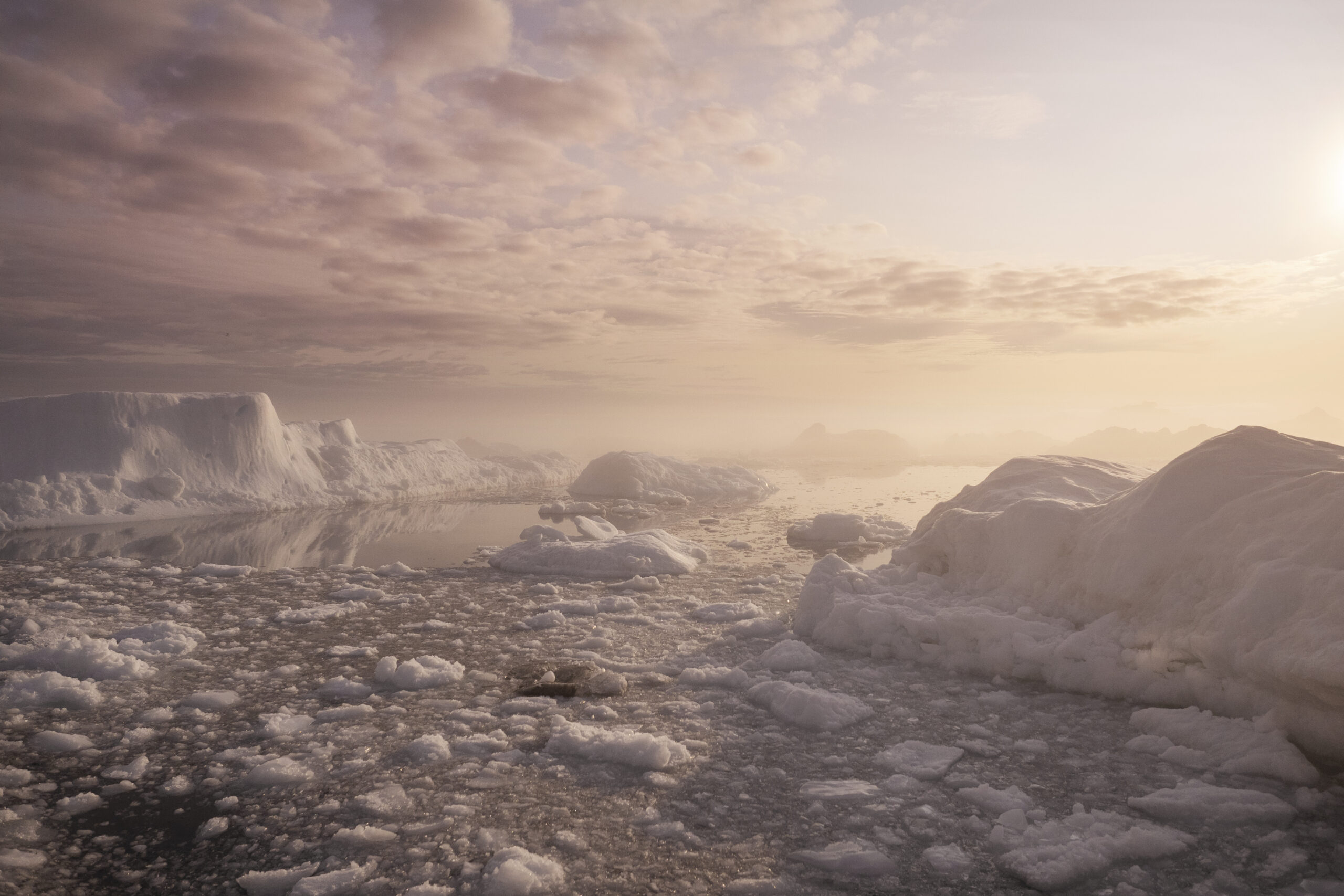
There’s something truly humbling about standing in front of a vast desert dune or watching icebergs drift silently under a pastel-pink sky. Over the years, my journey as a travel photographer has taken me to places that feel like the Earth is quietly showing off, unveiling landscapes carved by time, shaped by weather, and filled with colour and life in the most unexpected forms.
Each trip has been more than just a chance to take photographs.They’ve been filled with moments to connect with nature, with stillness, and with that childlike sense of awe we often forget in the rush of daily life. From the soft silica sands of Whitehaven Beach to the towering spires of Bryce Canyon, these natural wonders have not only filled my camera with images, but also helped me develop a deep appreciation for the wild beauty of our planet.
On Earth Day 2025, I wanted to pause and reflect on the places that have inspired me the most, places that remind me why we travel, why we explore, and why it’s so important to protect the environments and landscapes we photograph. Below is a collection of 16 natural wonders I’ve been fortunate to photograph, each unique in its beauty, and each a testament to the incredible diversity of landscapes we share.
Whether you’ve visited these places yourself or are adding them to your dream list, I hope they inspire you to see the world a little differently – to notice the small details, the grand vistas, and the fragile wonders that make our planet so special.

1. The Namib Desert & Sossusvlei, Namibia
The world’s oldest desert stretches along Namibia’s Atlantic coast, its ochre sands shaped by millennia of wind. At Sossusvlei, giant dunes glow at sunrise, some towering over 300 metres high. Deadvlei’s bleached clay pan, with its skeletal camelthorn trees, feels timeless. The nearby Kaokoveld region, a remote wilderness, contrasts with rugged mountains and ephemeral rivers where desert-adapted elephants roam.
Explore more: Photographing the Dunes of Sossusvlei + The Namib Desert
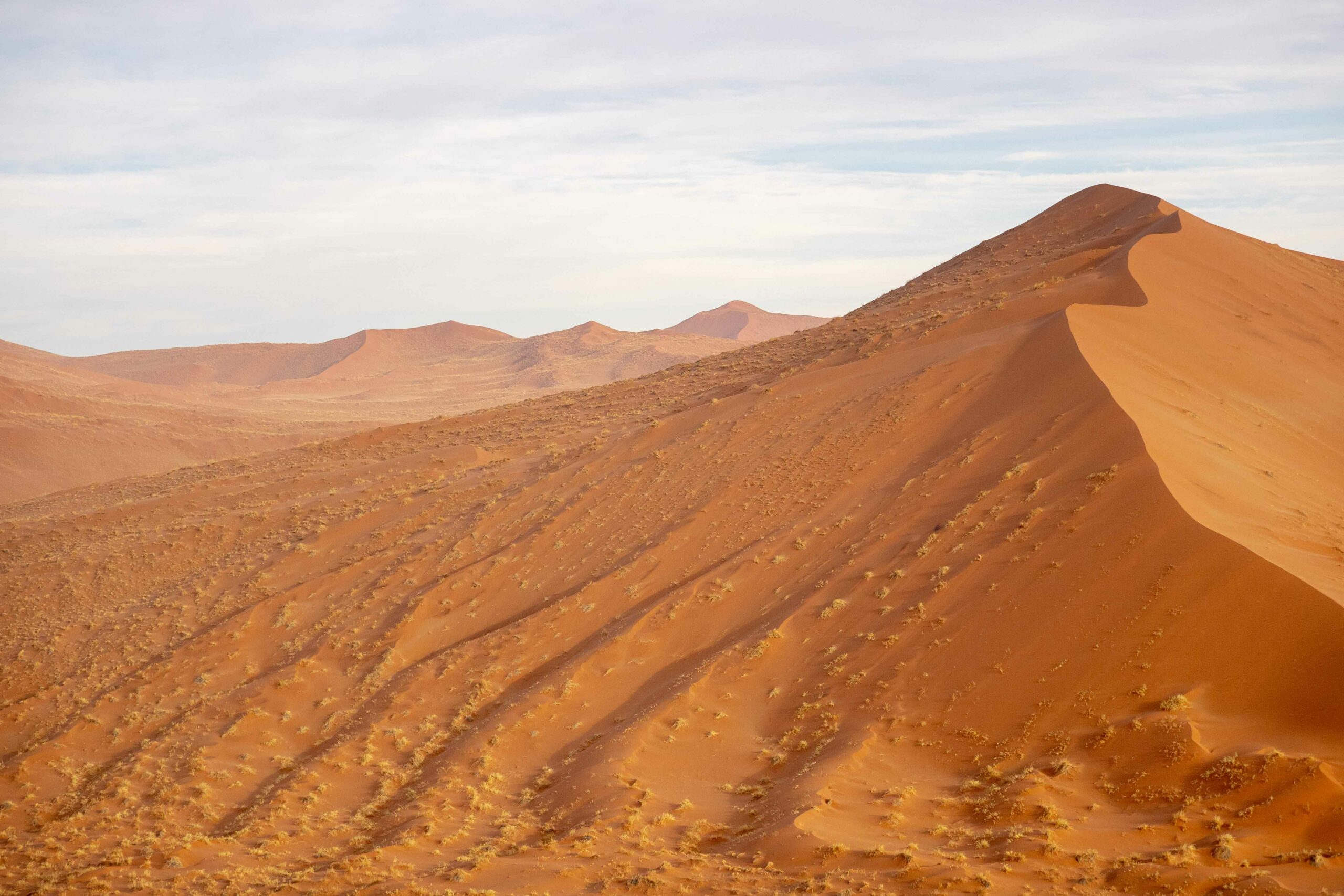
2. Ilulissat Icefjord, Greenland
This UNESCO World Heritage site showcases the immense power of ice. The Sermeq Kujalleq glacier, one of the fastest-moving in the world, calves vast icebergs into the fjord, which drift silently through the bay. The towering ice formations are mesmerising, sculpted over centuries, and serve as a vivid reminder of our planet’s changing climate.
Take a peek at a guide to the region: Ilulissat, Greenland – The Best Photography Experiences
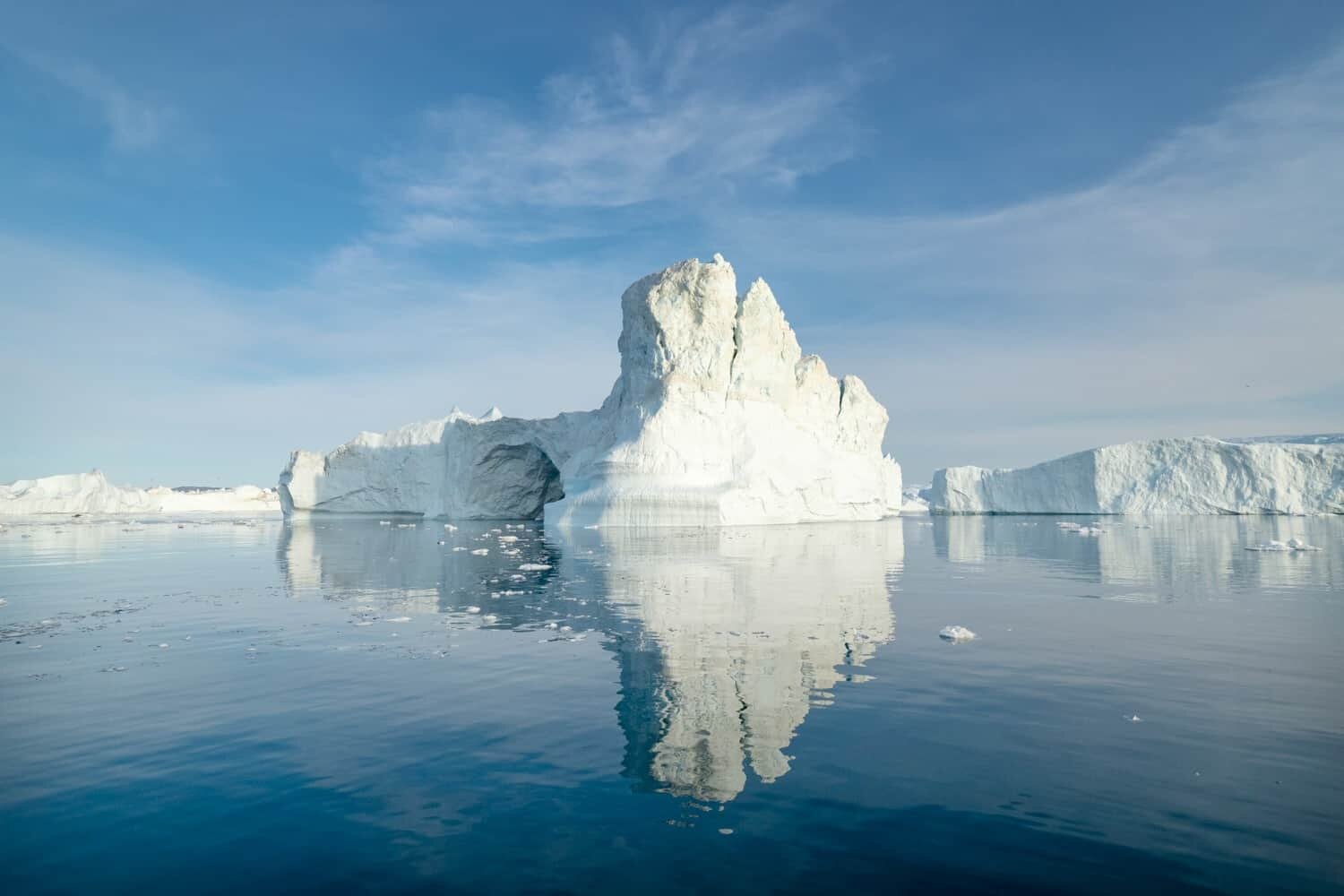
3. The Atacama Desert, Chile
As the world’s driest non-polar desert, the Atacama is a landscape of extremes. Wind-sculpted valleys, salt flats, and flamingo-dotted lagoons sit beneath the gaze of Andean peaks and volcanoes. The desert’s geology, shaped by volcanic activity and tectonic forces creates a surreal, textured canvas, with night skies among the clearest in the world. Landscape photographers will love the combination of wide open spaces and intricately textured patterns and tones found across the region. My favourite spot, Piedras Rojas, it was so hard to comprehend the scale of the scene…also, don’t miss Mars Valley or the Valley of the Moon, both nice and close to San Pedro de Atacama where I stayed at the incredible Awasi Atacama…take a peek, it’s such a gorgeous desert retreat.
Read more: Capturing High Resolution Images of the Andean Altiplano with the OM-1

4. Great Barrier Reef, Australia
Spanning over 2,300km, this living reef system teems with vibrant coral gardens and marine life. Home to over 1,500 species of fish and countless other creatures, it’s a delicate underwater world shaped by coral polyps over millennia. Diving beneath the surface or capturing aerial views reveals its immense scale and intricate beauty. I spent five years living on Hayman Island with direct access to the reef, it’s somewhere that inspired my love of the underwater world, providing the perfect backyard to practice and snorkel at various pockets of this incredible reef system.
Explore more: Photograph the Great Barrier Reef: Aerial Photography Tips

5. Mount Cook/Aoraki National Park, New Zealand
Aoraki/Mount Cook rises 3,724 metres into the sky, framed by glacial valleys and turquoise lakes. The park’s rugged terrain has been shaped by tectonic uplift along the Alpine Fault and carved by glacial forces, creating dramatic peaks and moraine-filled landscapes that feel both wild and pristine. You can get a great view of the peak from the Hooker Valley Trail, or, I also love photographing from Kea Point, a shorter track from the main car park that provides direct views across the glacial lagoon toward the peak where the image below was captured.
Take a peek behind the image: Behind the Lens – The Pastel Peak of Aoraki/Mount Cook
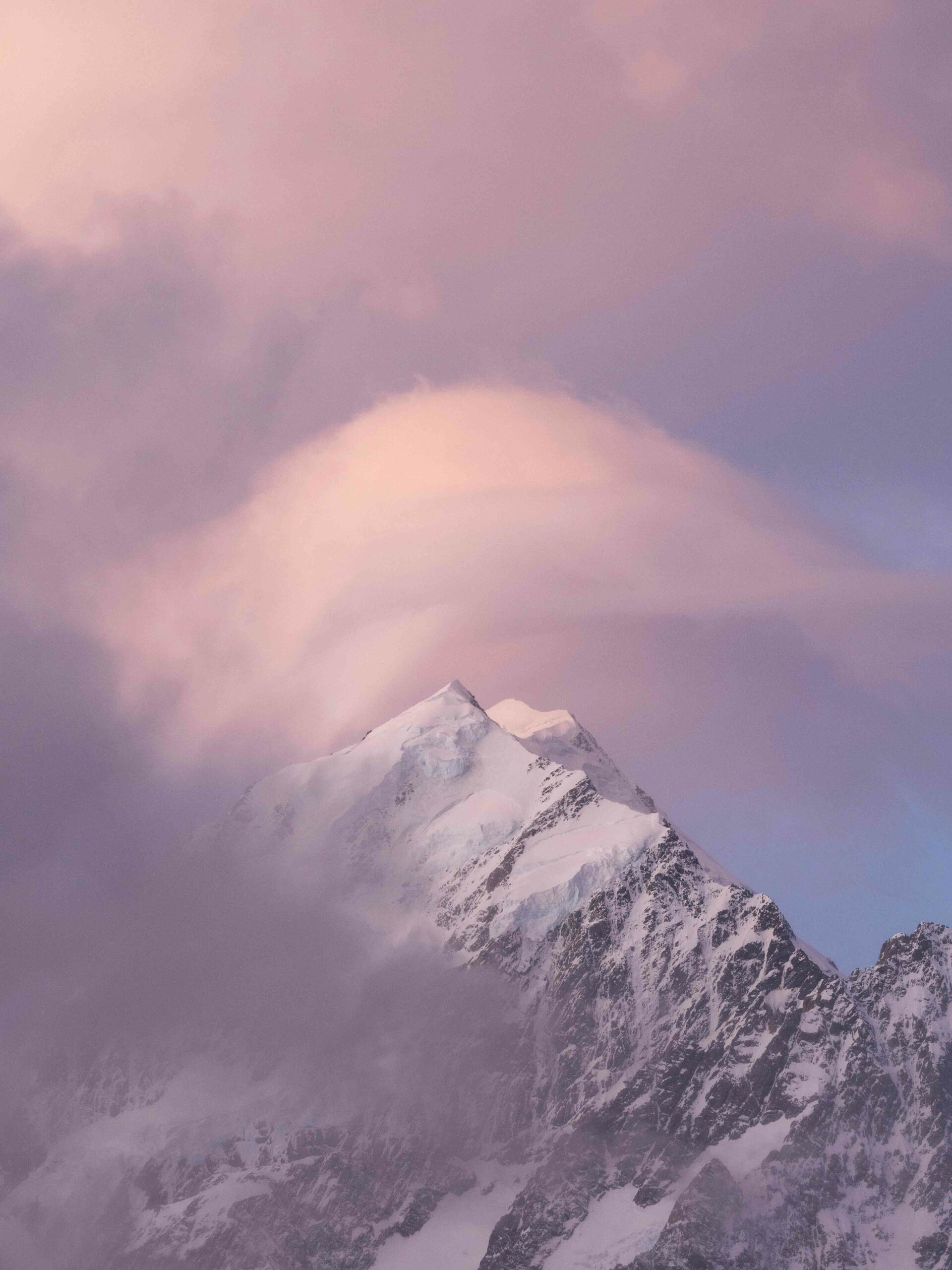
6. Mount Field National Park, Tasmania
This temperate rainforest in Tasmania is filled with towering tree ferns, cascading waterfalls, and glacial lakes. Russell Falls is a centrepiece, its waters tumbling over tiered cliffs surrounded by ancient myrtle beech. Higher elevations reveal alpine moorlands and the remnants of Ice Age glaciation.
More Australian Adventures: Photographing Australia’s Landscapes with the OM System OM-1 Mirrorless
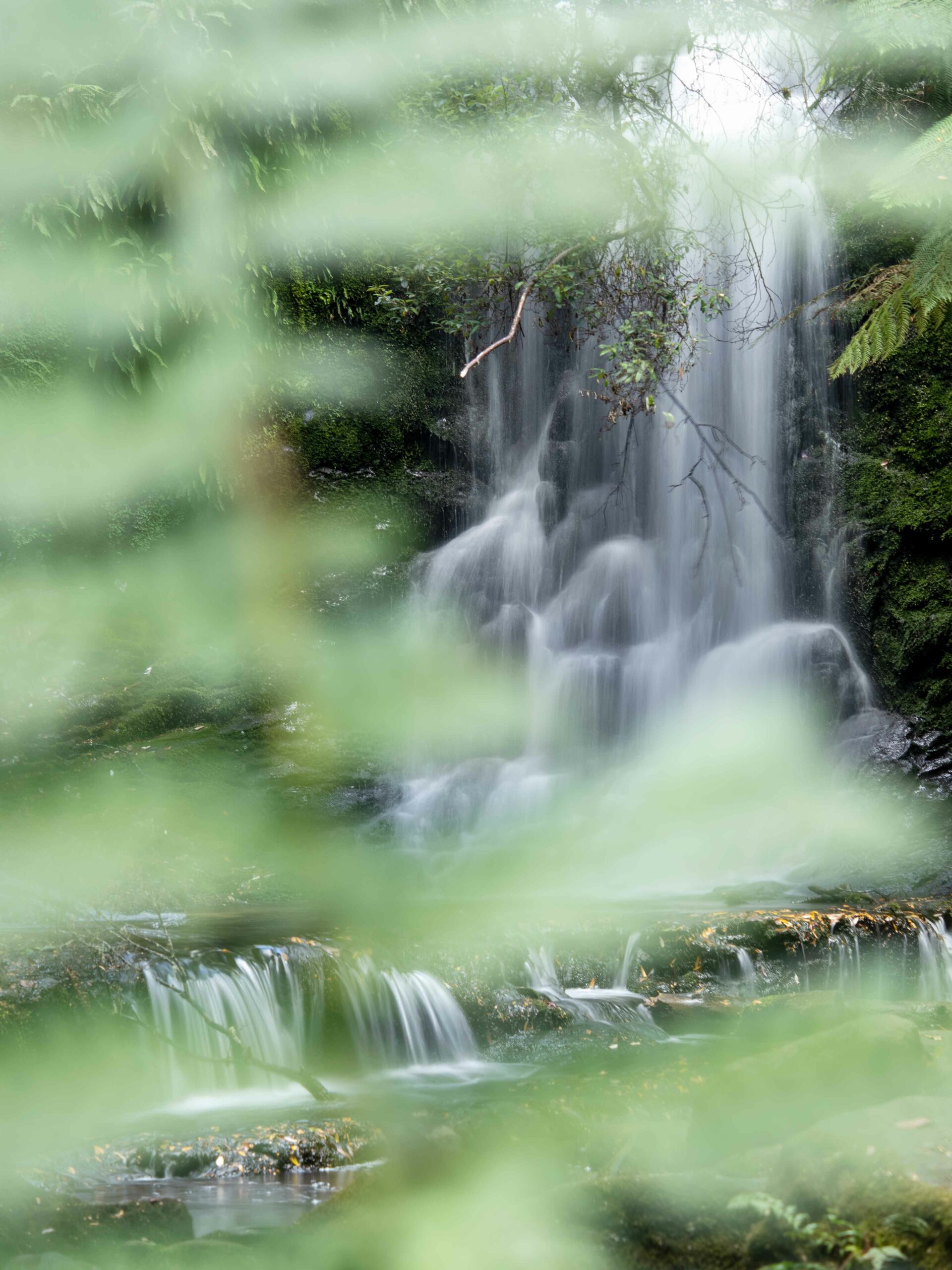
7. Shark Bay, Western Australia
A UNESCO site rich in biodiversity, Shark Bay’s turquoise waters meet red cliffs and white beaches in striking contrast. It’s home to stromatolites, Earth’s oldest living organisms, and marine life like dugongs. Its unique environment has evolved over billions of years, making it a haven for photographers and scientists alike. While photographing a project for OM SYSTEM, I flew in a little Cessna with the backdoor off to capture aerials over the region, the vibrant colours are so striking from above! Slight warning for anyone that gets airsick though, I lasted all of 27 minutes before gently requesting the pilot land the plane haha.
Explore more: Aerial Photography Tips – Weather, Camera + Creative Tips
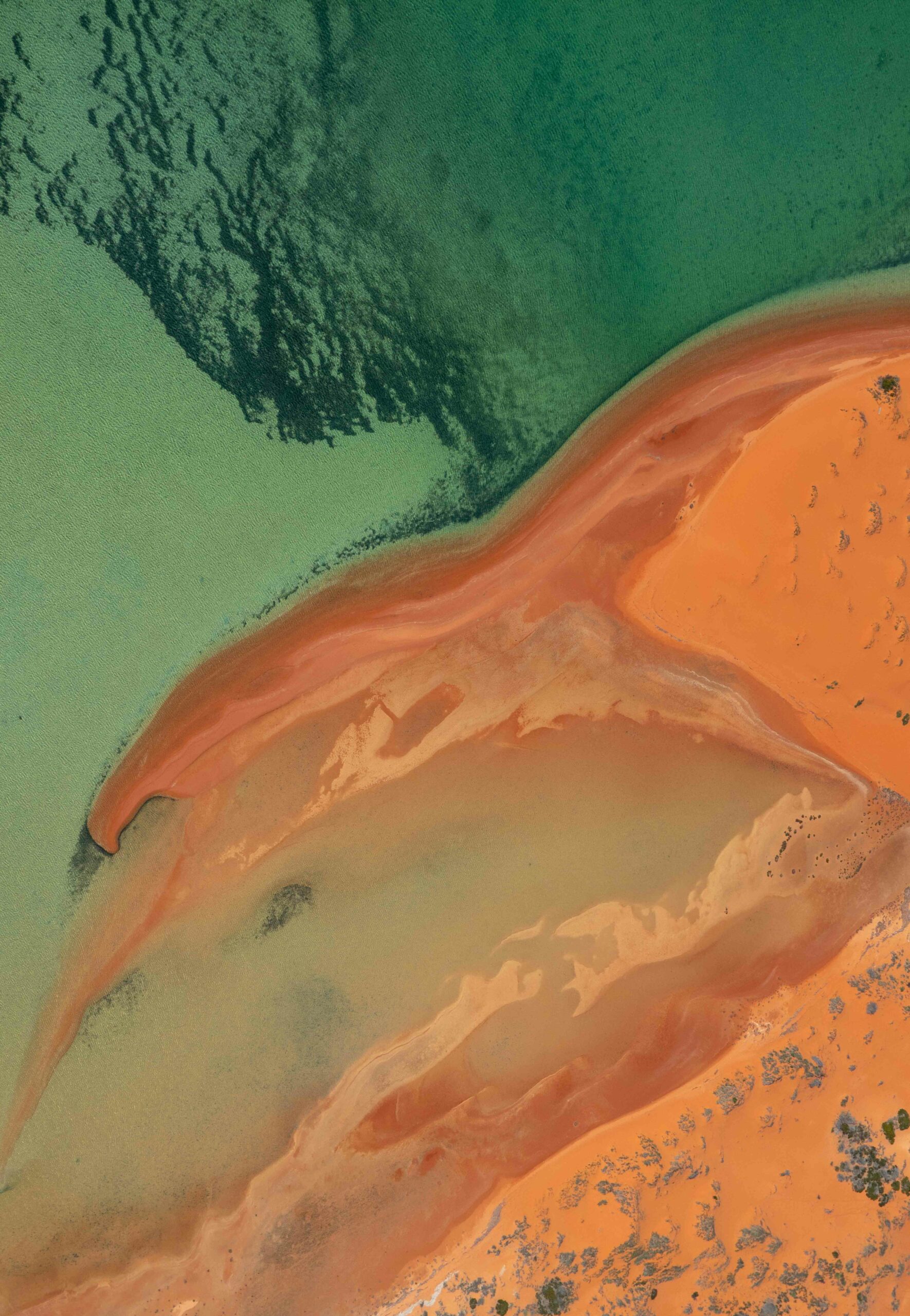
8. Aitutaki, Cook Islands
A volcanic atoll surrounded by a shimmering lagoon, Aitutaki offers endless shades of blue. The central island rises gently, with coral reefs and sandy motus forming a protective ring. From the air, the patterns of the reef and lagoon are mesmerising, a perfect blend of serenity and tropical vibrance.
Explore more: Destination: Aitutaki, Cook Islands
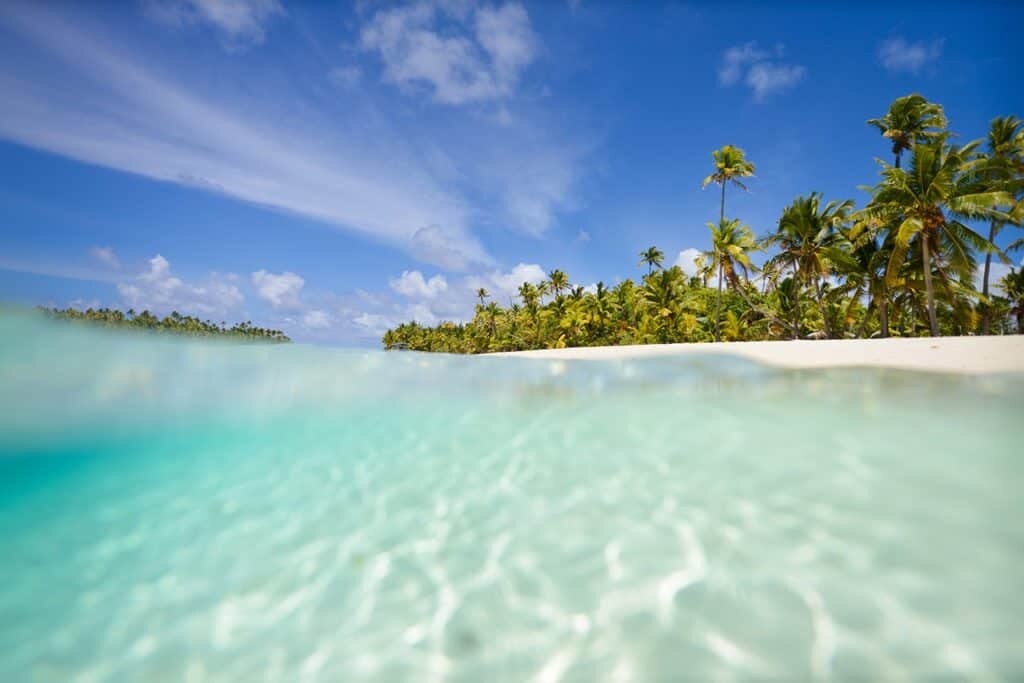
9. Cederberg Ranges, South Africa
Known for its striking sandstone formations and ancient rock art, the Cederberg is a geological wonder. Wind and water have carved intricate shapes into the mountains, creating dramatic cliffs and caves. The region is also part of the Cape Floral Kingdom, home to diverse and endemic plant species. Last year I stayed at Bushman’s Kloof with Adventure World and my eyes were completely opened to a new part of South Africa that felt so rugged, remote (despite being a 3-hr drive from Cape Town), and relaxing, the kind of calm us nature lovers seek!
Read more: Where Wilderness Meets Wonder: Bushmans Kloof, South Africa
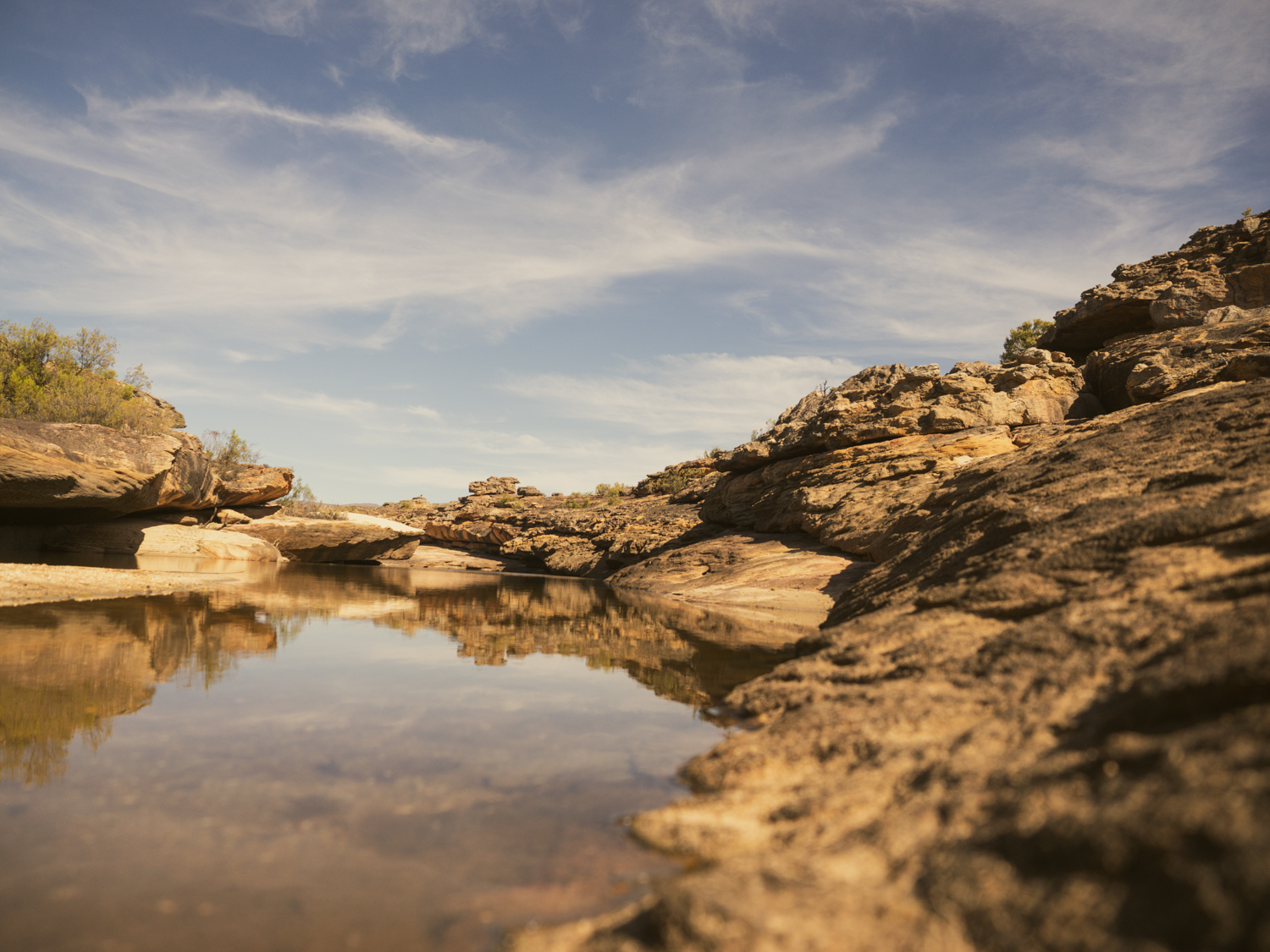
10. Jökulsárlón Glacier Lagoon, Iceland
Born from Breiðamerkurjökull glacier, a tongue of Vatnajökull, this lagoon is filled with icebergs that drift towards the Atlantic. You may have heard of Diamond Beach, this is where the bergies wash up onto the shore! The ever-shifting landscape, with ice in a myriad of blue hues, creates endless photographic opportunities. I’d highly recommend scheduling an entire day here if you’re like me and enjoy all things icebergy! If you time your visit with the dark sky months, you could also witness the northern lights dancing above the lagoon.
More images: Perspectives: The Magic of Jökulsárlón Lagoon, Iceland
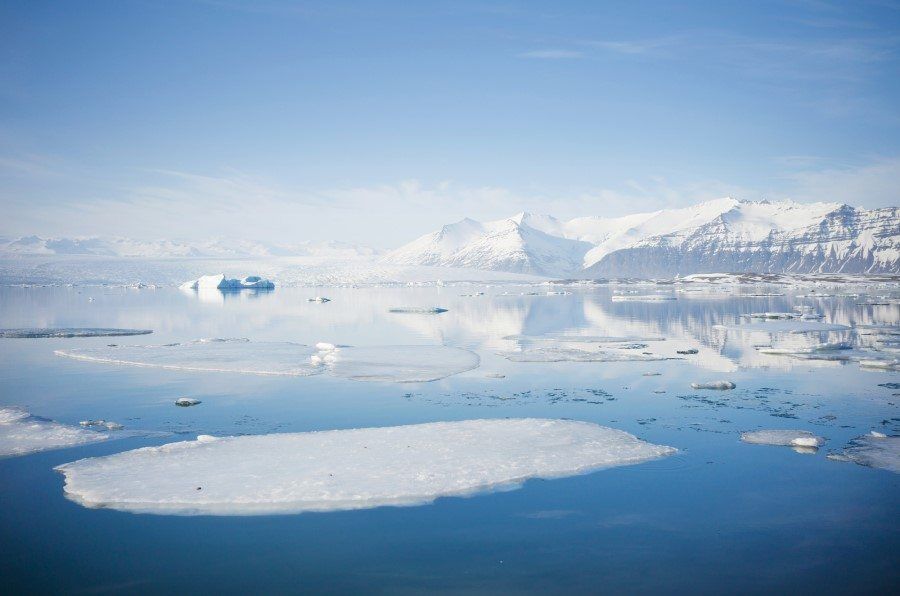
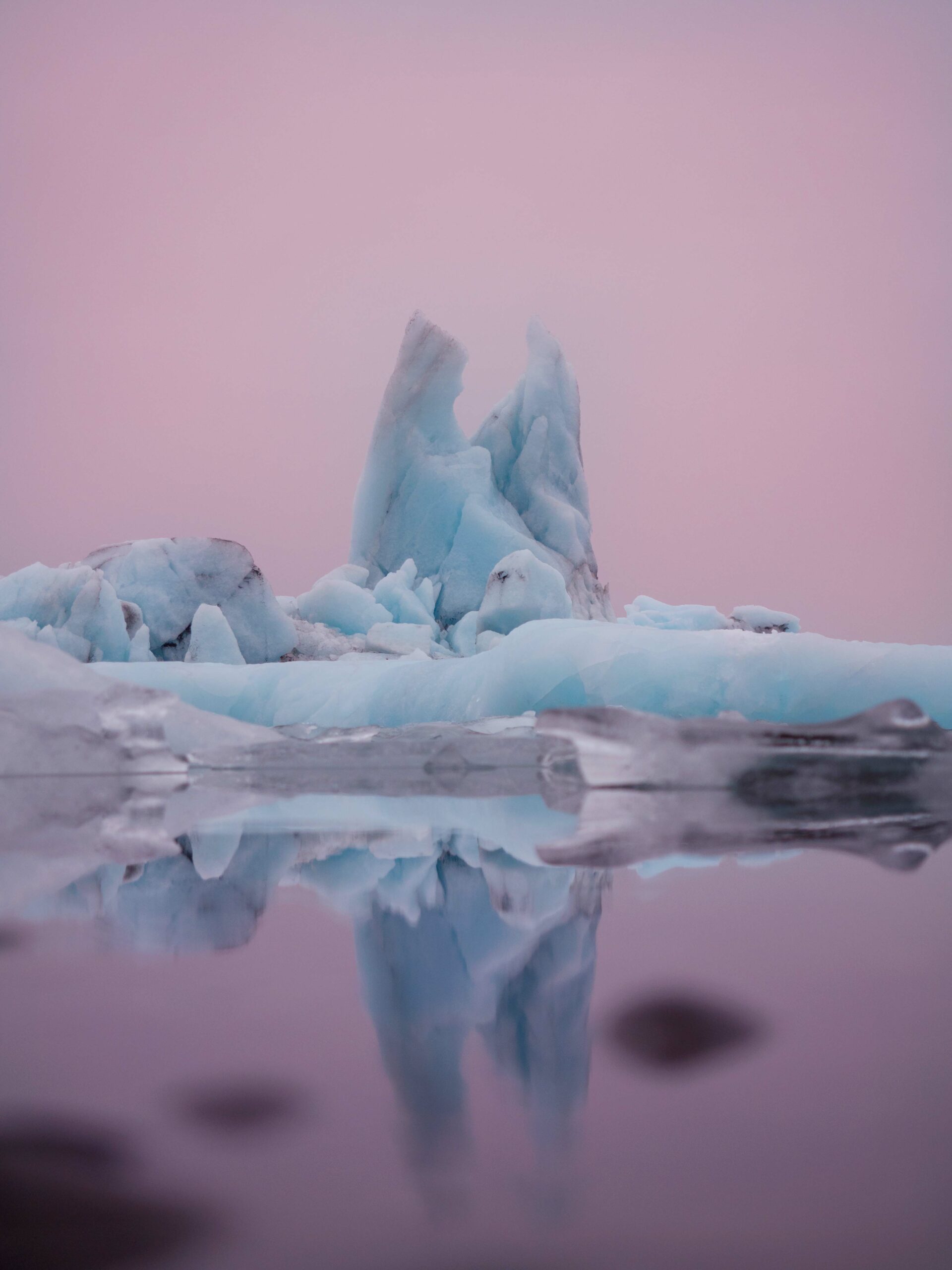
11. Death Valley, USA
The lowest point in North America, Death Valley is a study in contrasts and somewhere every landscape photographer should try to experience at least once. The feeling of scorching heat, whipping winds, yet endless vistas is like no other. Salt flats, sand dunes, and multicoloured rock formations tell a story of geological extremes. When photographing the region I stayed at The Oasis which acted as exactly that, the perfect place to retreat for a swim after a day in the desert!
Learn more: A Photographer’s Guide to Death Valley National Park
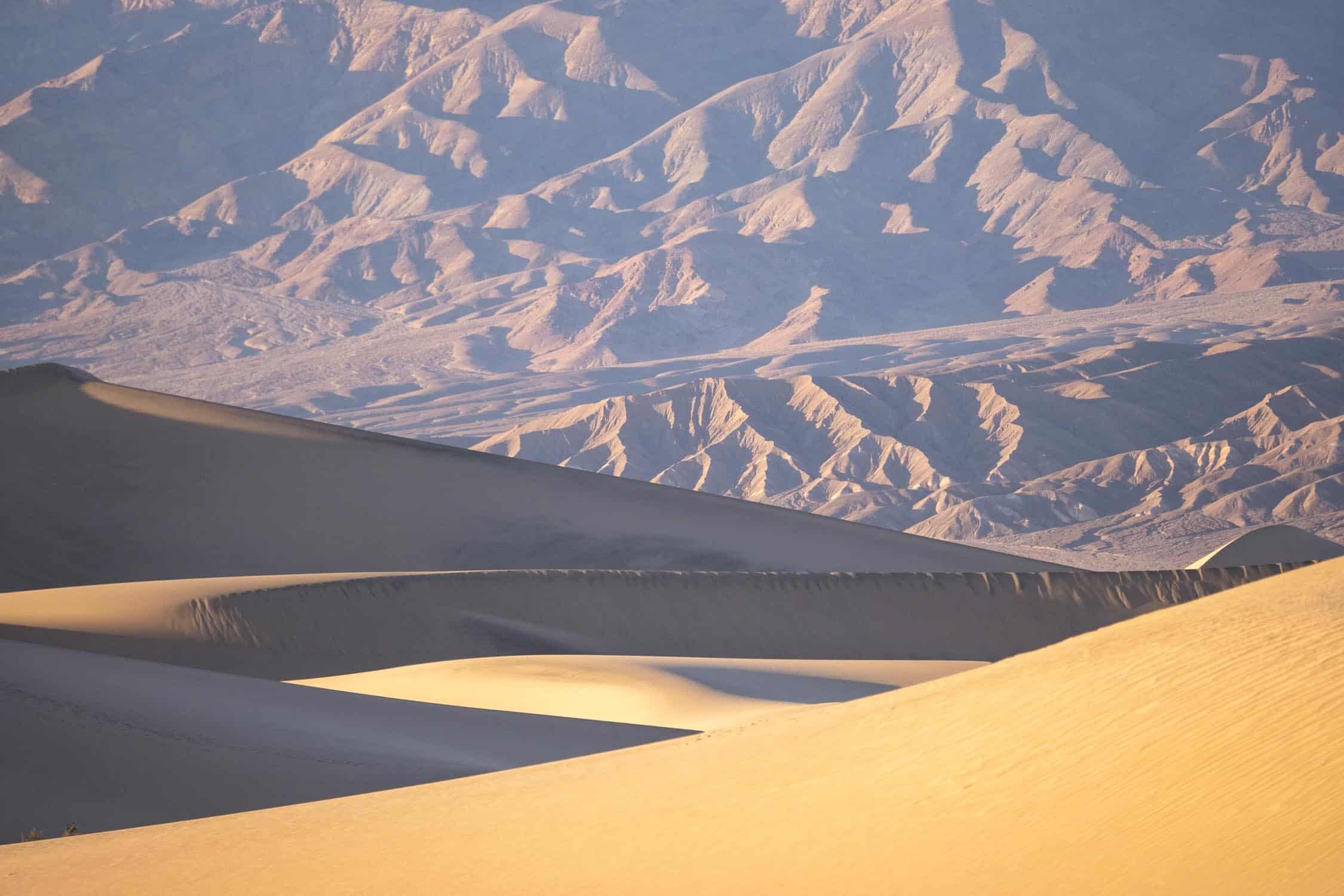
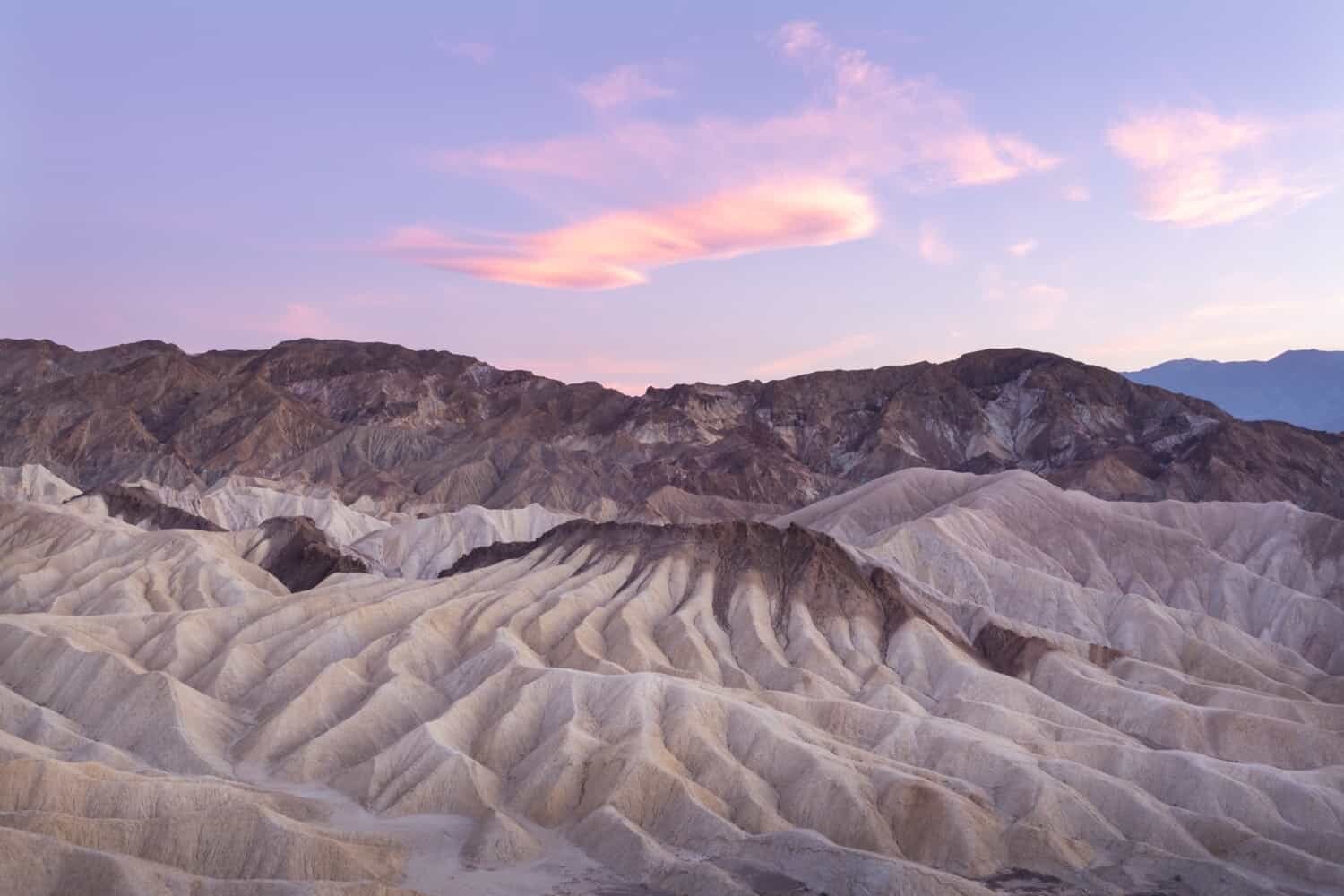
12. Bryce Canyon, USA
Famous for its hoodoos – tall spires formed by frost and erosion – Bryce Canyon’s amphitheatres are a spectacle of orange, red, and white. Carved from sedimentary rock over millions of years, the canyon’s shapes and textures shift with the light, offering ever-changing views.
Read more: Bryce Canyon National Park – A Photographer’s Guide
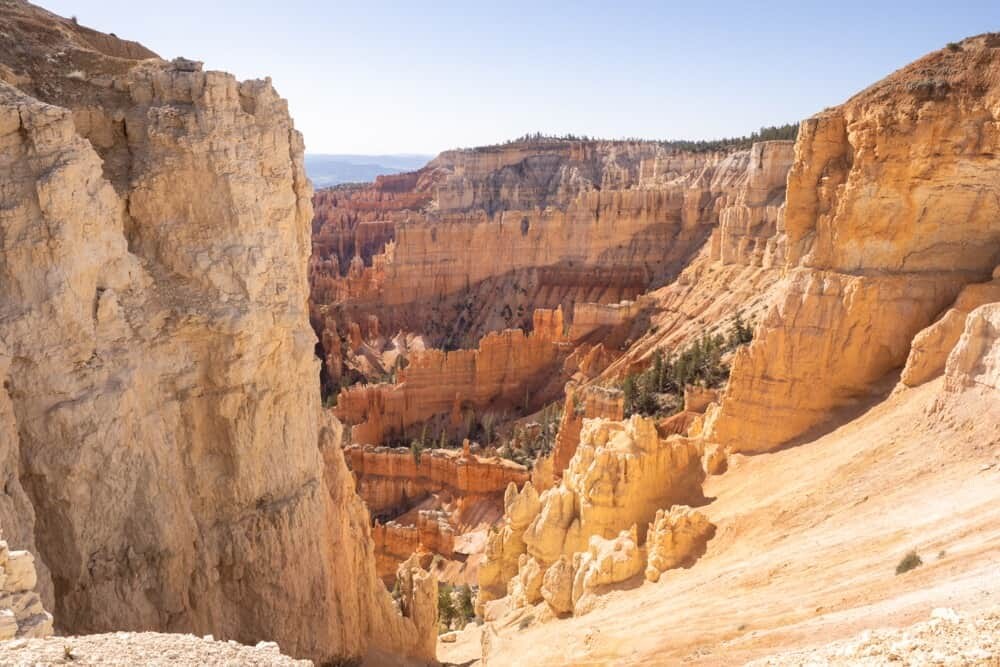
13. Monument Valley, USA
Iconic sandstone buttes rise from the desert floor, remnants of ancient mountains shaped by erosion. Located on Navajo land, the valley’s cultural and natural significance is profound, with every formation carrying stories of both geological and human history. Sunrise here is spectacular, as light filters through the scene, it’s well worth an early rise to soak it all in and watch the landscape come to life.
Explore more: A Photographer’s Guide to Northern Arizona, USA
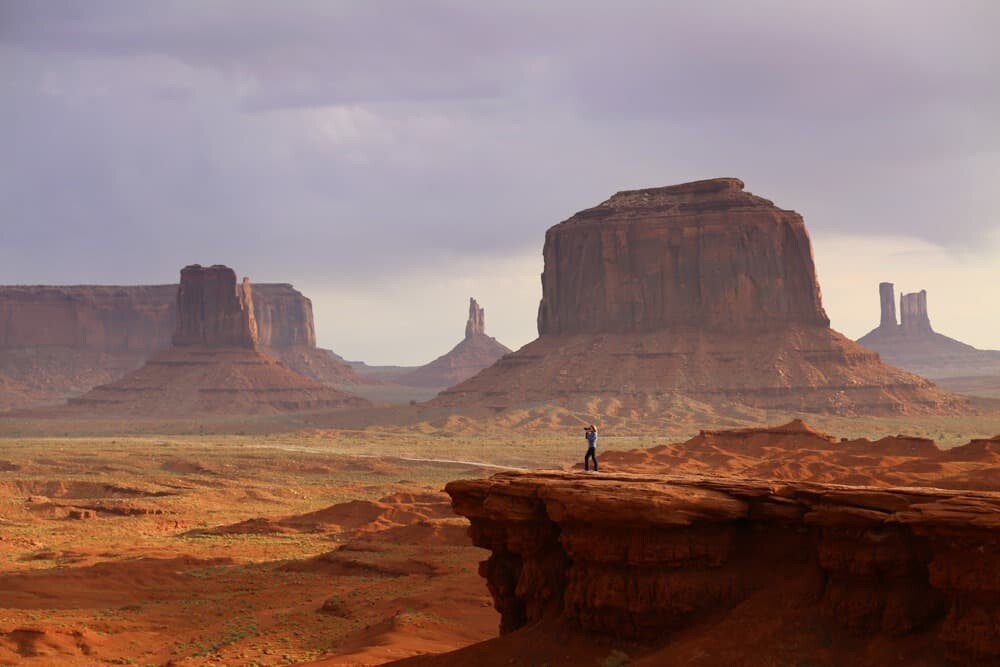
14. Torres del Paine National Park, Chile
Patagonia’s crown jewel, this park features jagged peaks, turquoise lakes, and vast glaciers. The Paine Massif’s granite spires were shaped by tectonic forces and glacial erosion, creating one of the world’s most dramatic mountain landscapes, full of wild beauty and unpredictable weather.
See the full guide here: Patagonia Photography Locations – Torres del Paine National Park
15. Whitehaven Beach, Queensland, Australia
Known for its pure silica sand and swirling tidal patterns at Hill Inlet, Whitehaven Beach is a masterpiece of natural design. The contrasting hues of sand and sea create abstract patterns, especially when viewed from the air, revealing nature’s elegance. In what feels like another life, I photographed weddings and elopements on Whitehaven Beach and luckily, sometimes the couple would fly in via helicopter which meant I was able to shoot aerials at the same time, win-win!
Explore more: Whitehaven Beach – Photographing Australia’s Natural Wonder
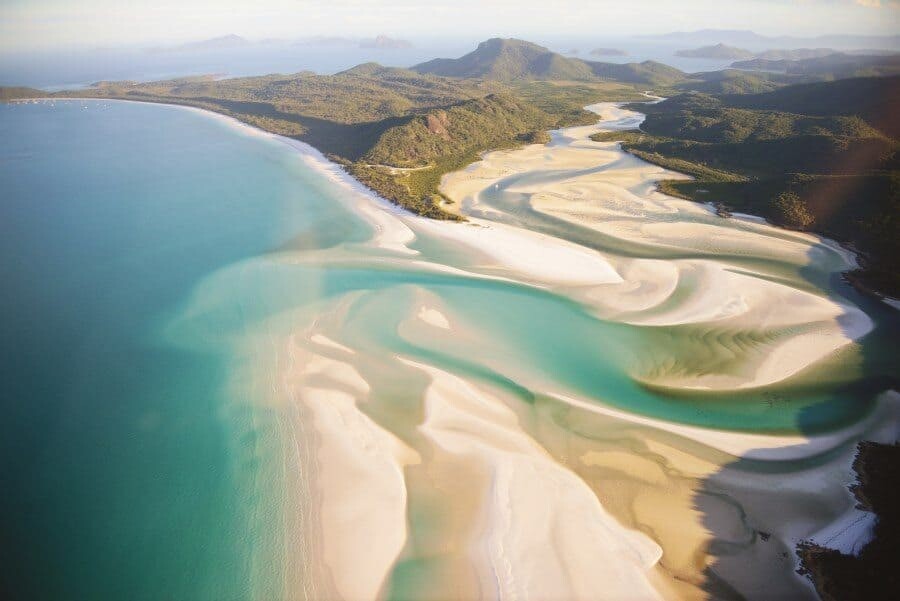
16. Lapland in Winter, Finland
In the heart of the Arctic Circle, Lapland transforms into a serene winter wonderland during the Polar Night. While the sun remains below the horizon, the landscape is bathed in soft pastel hues for a few hours each day, creating an extended blue hour that’s perfect for photography. The snow-covered forests and frozen lakes reflect these gentle tones, making midday feel like a perpetual twilight. Venturing through the snowy terrain, whether on snowshoes or skis, reveals scenes reminiscent of a snow globe with frosted trees, tranquil creeks, and the occasional glimpse of reindeer!
Read more: Shooting in the Low Light Conditions of Polar Night

17. K’gari (Fraser Island), Queensland, Australia
The world’s largest sand island, K’gari is a place where rainforest grows from ancient dunes and freshwater lakes shimmer under the Queensland sun. Stretching over 120 kilometres along the coast, the island features diverse landscapes, from the coloured sands of The Pinnacles to the vibrant blues of Lake McKenzie and the wild stretch of 75 Mile Beach. Formed by wind, ocean currents, and time, K’gari holds deep cultural significance for the Butchulla people, whose name for the island means “paradise”.
Explore more: K’gari (Fraser Island) Photography Guide
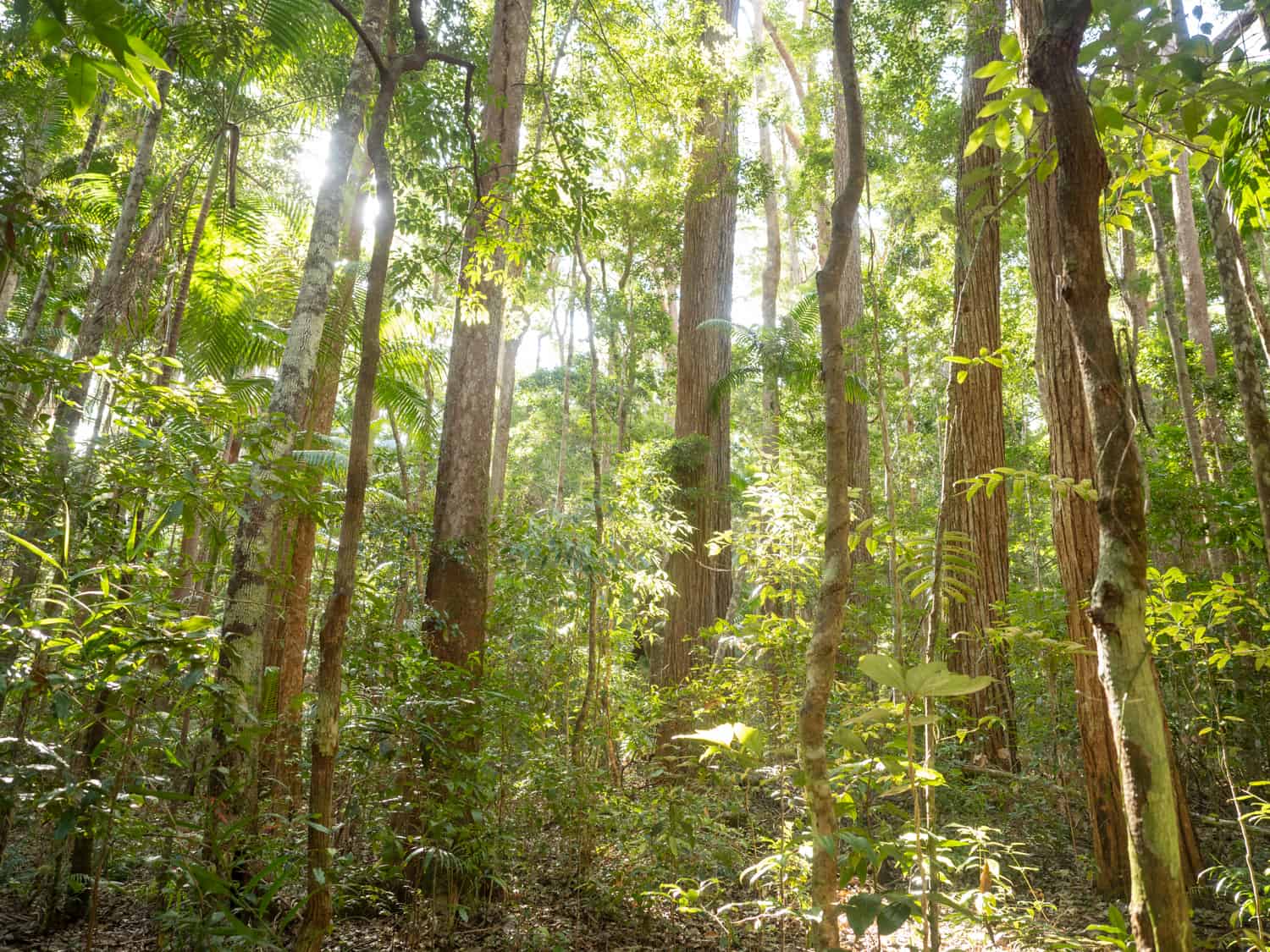
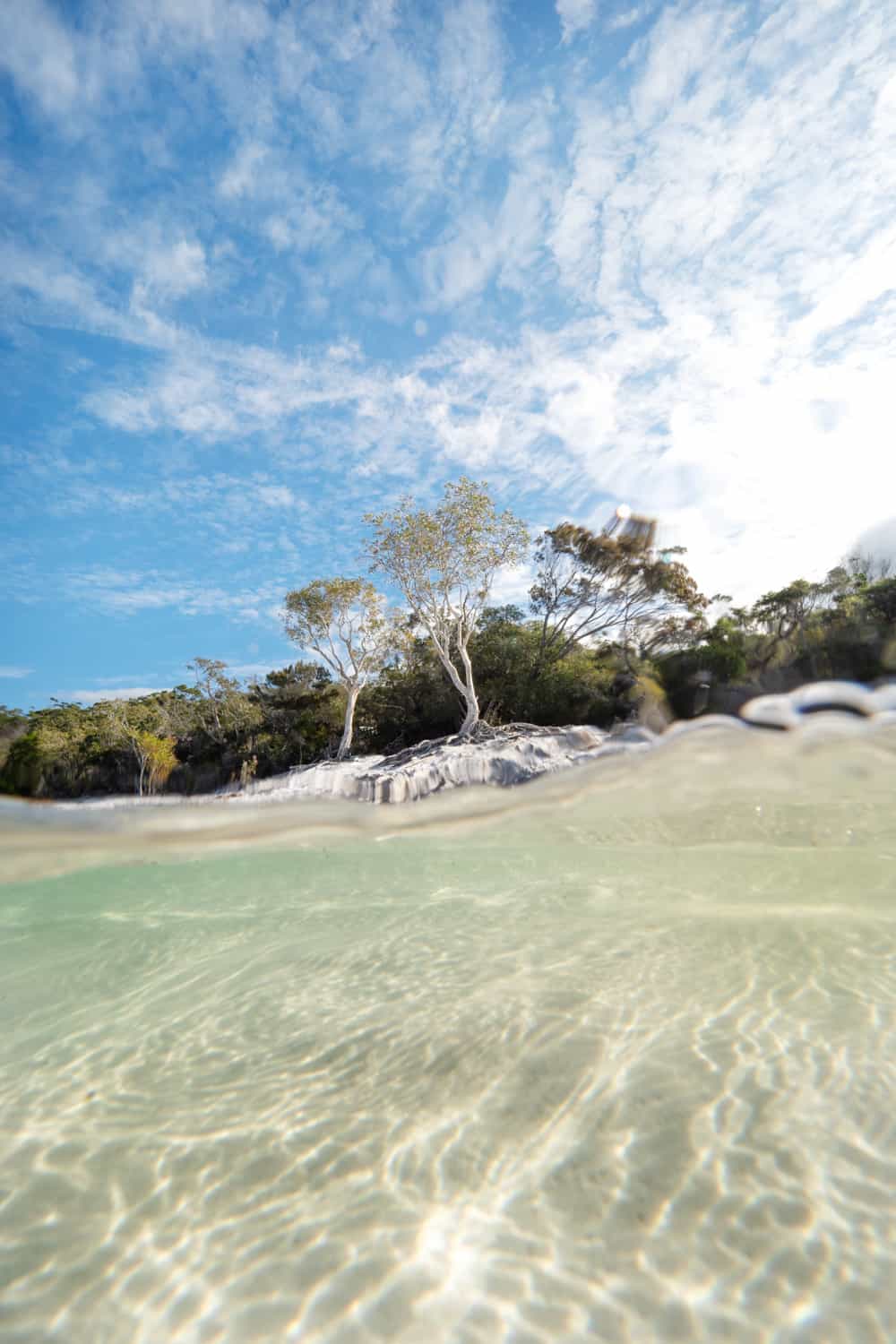
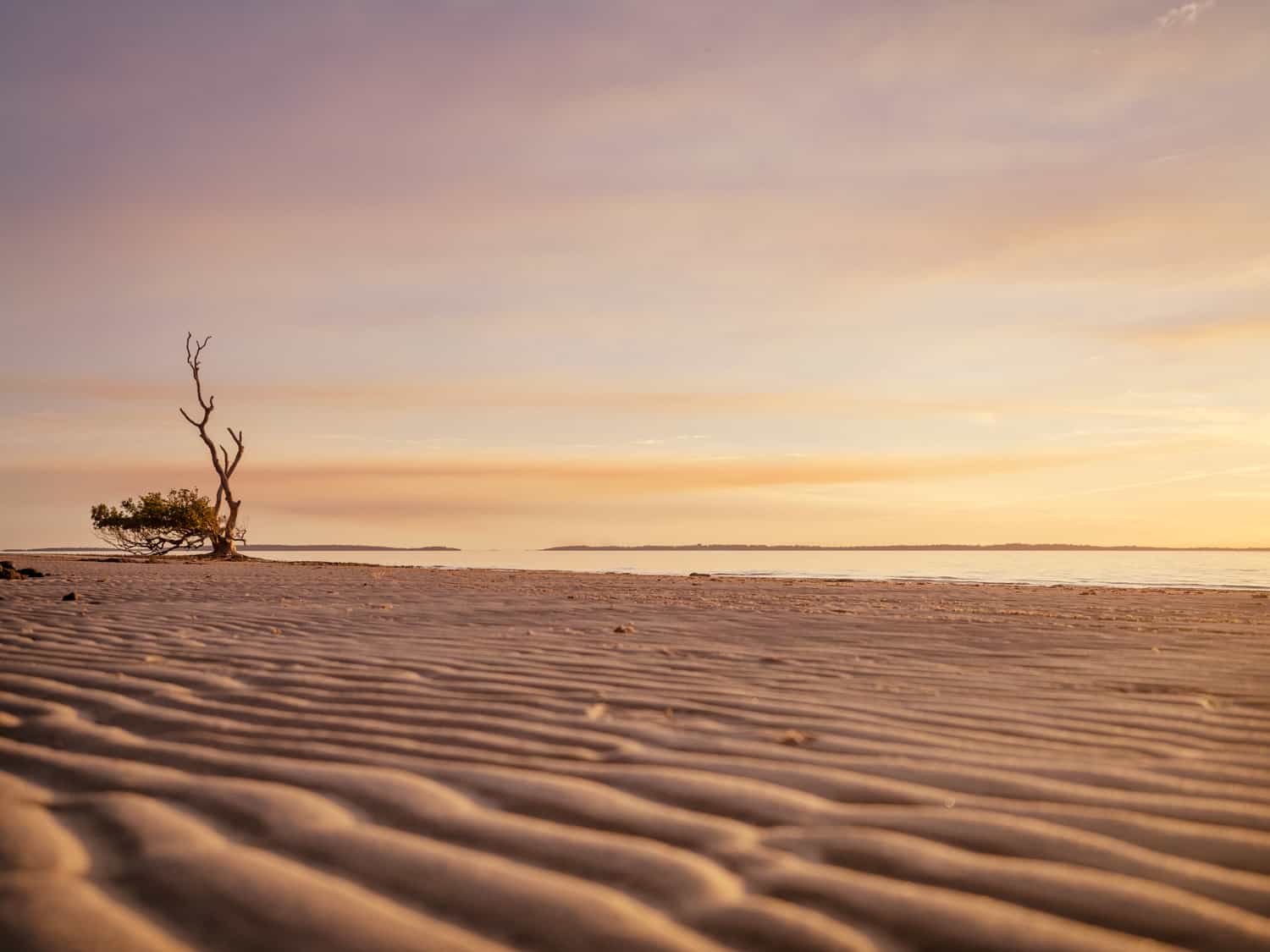
Each of these places is a masterpiece shaped by time, weather, and the forces of nature. They’ve taught me to slow down, to really see a landscape – not just through my lens, but through a deeper connection with the environment. Photographing natural wonders isn’t just about capturing beauty; it’s about understanding the stories they tell, the fragility they hold, and the responsibility we share in protecting them.
As photographers and travellers, we have a unique role to play – to celebrate these places through our images, to tread lightly as we explore, and to inspire others to care. Earth Day is a timely reminder to reflect on the places that have moved us, and to consider how we can give back to the planet that offers us so much.
If you’re someone who loves discovering new landscapes and sharing your passion for nature through photography, I’d love for you to join us inside The Travel Photography Club. It’s a space where we connect, learn, and inspire each other to see the world creatively and with purpose.
Travel and landscape photographer from Australia who is far more comfortable in a pair of flippers than heels! Having worked for publications such as Lonely Planet, Wanderlust and the Sunday Times, Lisa founded The Wandering Lens to share destination guides to the worlds most photogenic places and outdoor experiences.

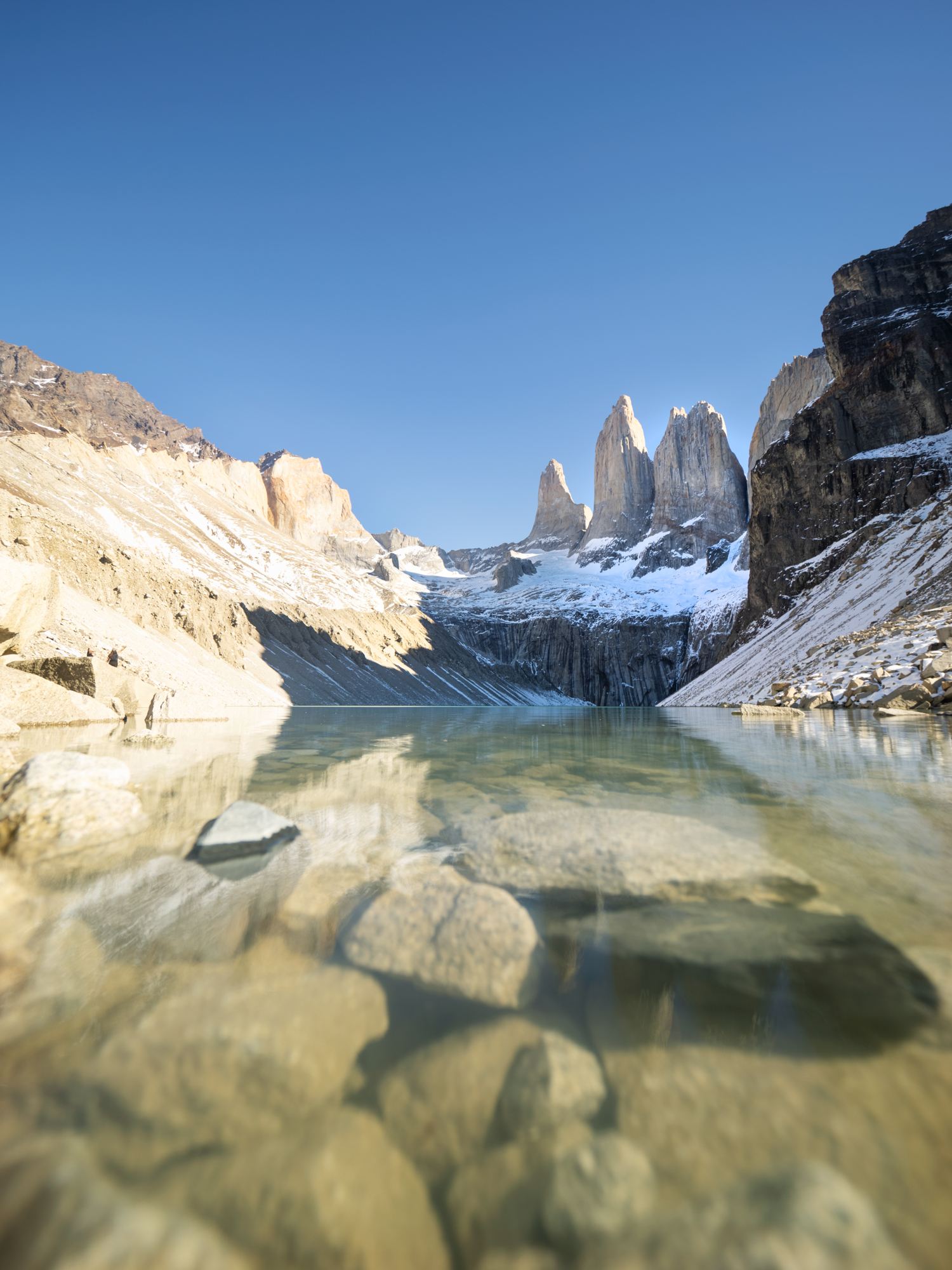
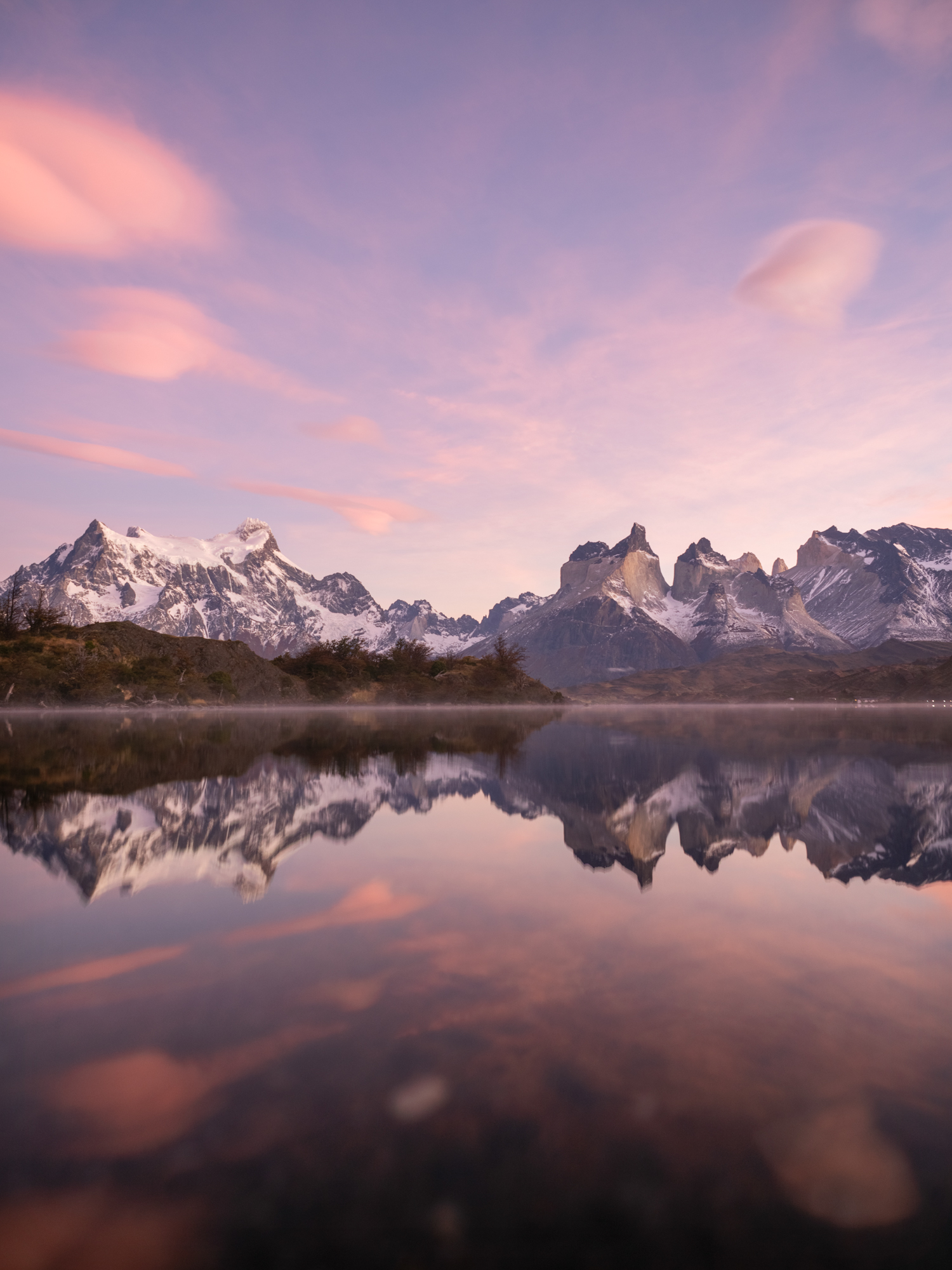
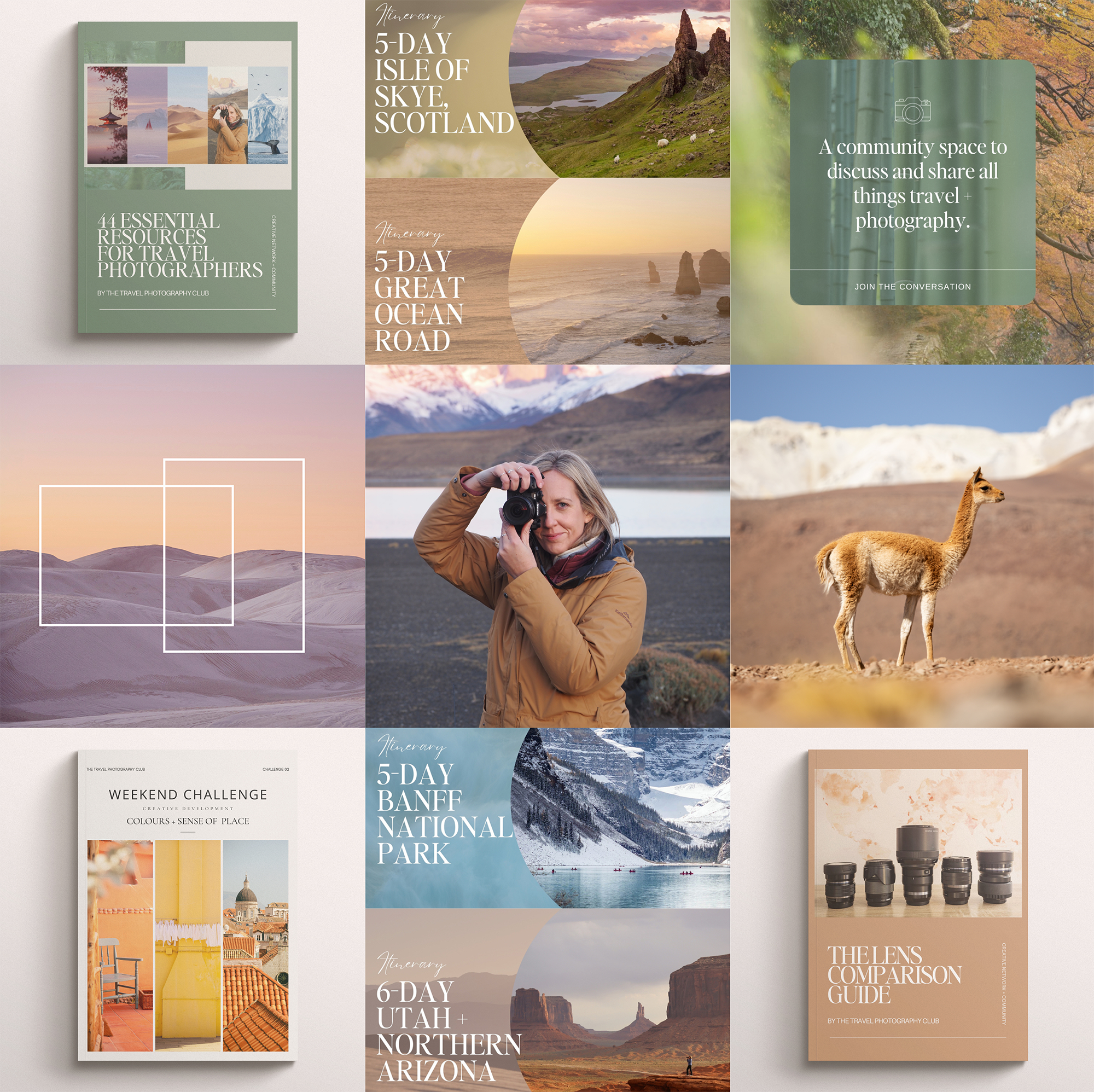

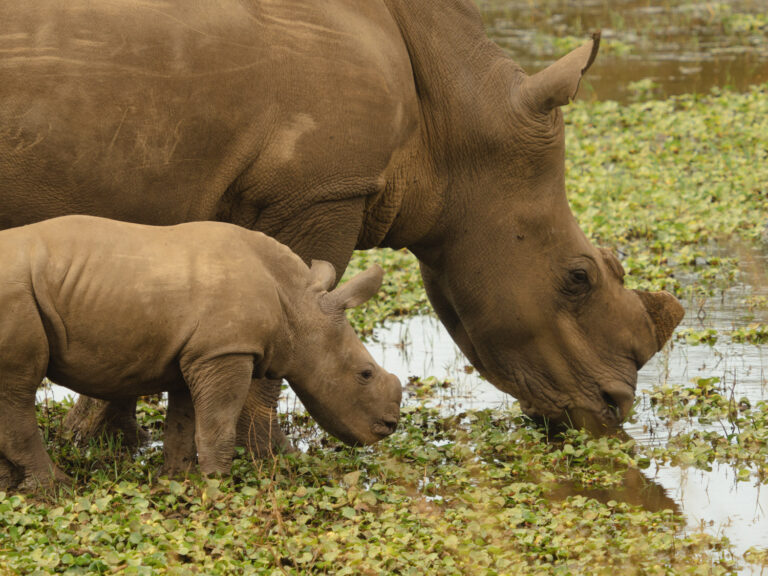
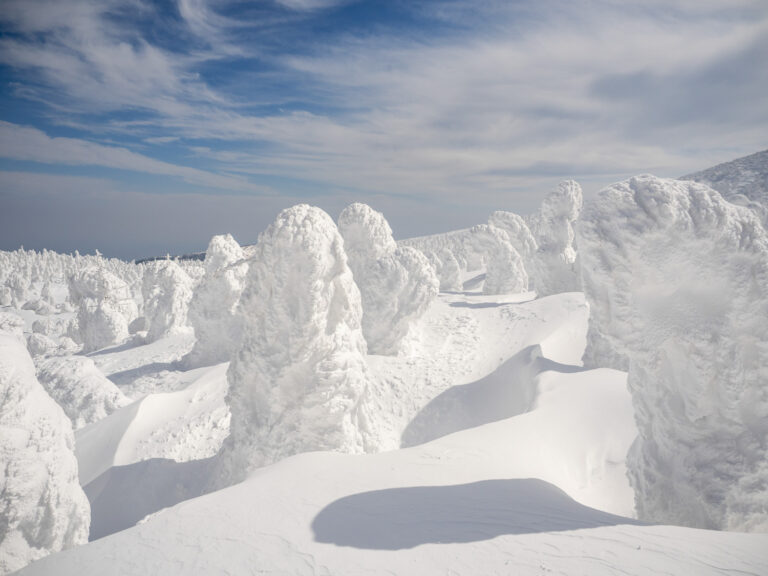

Leave a Comment